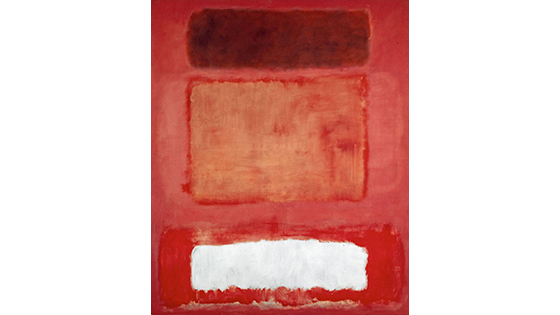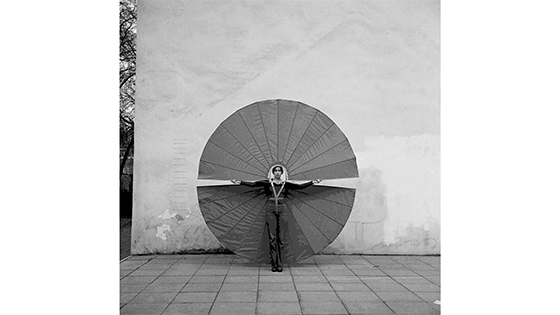The largest French retrospective ever devoted to Dora Maar (1907-1997) invites you to discover all the facets of her work, through more than five hundred works and documents. Initially a professional photographer and surrealist before becoming a painter, Dora Maar is an artist of undeniable renown. Far beyond the image, to which she is all too often limited, of her intimate relationship with Picasso, this exhibition retraces the life of an accomplished artist and a free and independent intellectual.
The exhibition is organized by the Centre Pompidou, Musée national d’art moderne, in coproduction with the J. Paul Getty Museum (Los Angeles) and in collaboration with the Tate Modern (London).
PRESENTATION BY THE CURATORS
“To Dora of the varied, always beautiful, faces”. Lise Deharme’s dedication to her friend Dora Maar in a copy of Cœur de Pic (1937) poetically sums up the various facets of her artistic career: between photographer and painter, between youthful Surrealist revolution and the existential introspection that marked her painting activity after World War II.
With the collaboration of the J. Paul Getty Museum and in partnership with the Tate Modern, the exhibition organized by the Centre Pompidou aims to highlight, for the first time in a French museum, Dora Maar’s work as an artist, and not only as the muse and mistress of the Spanish painter Pablo Picasso. Although for many she remains the model of La femme qui pleure, Dora Maar has nevertheless recently enjoyed critical reception and recognition in studies dedicated to Surrealism and photography. Several exhibitions organized by the Musée National d’Art Moderne, “Explosante fixe” and, more recently, “La Subversion des images” and “Voici Paris”, accorded a special place to Dora Maar’s Surrealist work, with enigmatic photographs such as Portrait d’Ubu and Le Simulateur, a photomontage that joined the museum’s collections in 1973.
The donation of Simulateur was the beginning of the Centre Pompidou’s continued interest in Dora Maar’s photographic work. The 1980s and 1990s were marked by various acquisitions, culminating in 2011 with the arrival of ten prints from the Bouqueret collection. In 2004 the purchase of her studio collection, consisting of some one thousand eight hundred and ninety negatives and two hundred and eighty contact prints, made the collection preserved in the Musée National d’Art Moderne one of the largest public collections of Dora Maar’s work. The recent digitization of negatives has now rendered her work accessible to a large audience of researchers and amateurs. Dora Maar is the only artist with a large portfolio of photographs preserved in the collections – Brancusi, Brassaï, Éli Lotar, Man Ray – who has not yet been the subject of a major exhibition project. Thanks to original archives and close scientific collaboration between the curatorship teams at the Centre Pompidou and the Getty Museum, the Dora Maar retrospective traces the development of this independent artist through more than four hundred works and documents: from her first commissions for fashion and advertising as a studio photographer, to her political commitments as witnessed by her street photographs, including her Surrealist activity and her meeting with Picasso. Lastly, the exhibition shines a special spotlight on her work as a painter, an activity to which she devoted herself for nearly forty years. Like her fellow female photographers, Laure Albin Guillot, Rogi André, Nora Dumas and Germaine Krull, who were active like her between the wars, Dora Maar belongs to the generation of women who liberated themselves professionally and socially through their work as photographers, a profession that was undergoing complete renewal with the development of the illustrated press and advertising. After studying graphic art in the Comité des Dames of the Union des Arts Décoratifs, Dora Maar trained in photography in the late 1920s. Like her mentor, Emmanuel Sougez, she preferred to work in a studio and collaborated with Pierre Kéfer, a set designer for films, from 1931 to 1935. “Kéfer-Dora Maar” became the name and the official credit for the studio, figuring in prints and publications at the time, even when Dora Maar or Pierre Kéfer worked alone on projects. Kéfer’s social flair enabled them to specialise in portraits, fashion and advertising illustrations for the cosmetics sector. This exhibition accords a central position to Dora Maar, a professional photographer endowed with an inventiveness that combined great technical mastery with a dreamlike universe that was much praised by her contemporaries.Continue Reading..









